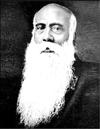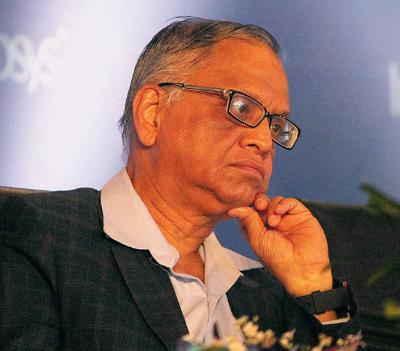Sir Brajendranath Seal
The Architect of Mysore University
At the invitation of Maharaja Nalwadi Krishnaraja Wadiyar, he came to Mysuru and took charge as the second Vice-Chancellor of a nascent University in 1920.
Brajendranath Seal was a renowned Bengali humanist-philosopher and a Brahmo-Samaj intellectual.
by Dr. S.N. Bhagirath
In 19th century Bengal, Sir Brajendranath Seal was responsible for the paradigm shift in Brahmo philosophy from liberal Theism to secular humanism. He was a true renaissance man and a polymath. He graduated from the University of Calcutta with a post-graduate degree in philosophy in 1884. He published his first major work “New Essays in Criticism” in 1907. In 1915, Calcutta University conferred a doctorate degree on him for his thesis “The Positive Sciences of the Ancient Hindus.” He taught in several institutions like City College – Calcutta, Morris College – Nagpur, Krishnanath College – Berhampur and Victoria College – Cooch Behar. In 1906, he was invited to address the ‘International Congress of Orientalists’ in Rome. In 1911, he went as a delegate from India for the first ‘Universal Race Congress’ in London.
In 1913, he was offered the King George V Professorship of Philosophy at the University of Calcutta. He also collaborated with Nobel Laureate Rabindranath Tagore in establishing Vishwa Bharati University at Shantinikethan. He was also appointed by national poet Rabindranath Tagore as the first Vice-Chancellor of Vishwa Bharati University. He was at the helm of Mysore University as a Vice-Chancellor for nearly 10 years from 1920 to 1930 and he quit this post because of ill health.
In 1926, the British Government in India honoured him with a Knighthood. During his stay in Mysuru, Sir Brajendranath Seal authored a textbook on Indian philosophy and a definitive biography of Raja Ram Mohan Roy. His further studies on ancient Hindu scientific philosophy led him to contribute a chapter in Prafulla Chandra Roy’s “History of Chemistry in Ancient India.” His publications were noticed abroad and in 1902, his candidacy was seriously considered for a professorship in philosophy at the University of Cambridge.
In 1936, Sir Brajendranath Seal who was bed-ridden and almost blind completed his magnum-opus “Quest Eternal.”
When he was a student at Scottish Church College, Narendra Dutta [Swami Vivekananda] was also pursuing his higher studies there at that time. Sir Brajendranath Seal describes the future Swami Vivekananda as:
“Undeniably a gifted youth, sociable, free and unconventional in manners, a sweet singer, the soul of social circles, a brilliant conversationalist, somewhat bitter and caustic… an inspired Bohemian but possessing what Bohemians lack, an iron will”
On 8th August 1927, Sir Brajendranath Seal laid the foundation stone of Intermediate College, Mysuru. Later this College came to be known as Yuvaraja’s College (under University of Mysore) offering Science courses. This historic occasion was graced by Sir Mirza Ismail, the then Divan of Mysuru State. The most surprising coincidence on this occasion was the presence of Motilal Nehru and Mahamahopadyaya Sidhanti Shivashankar Shastry. Sri Nalwadi Krishnaraja Wadiyar, the Maharaja of Mysuru, conferred upon Sir Brajendranath Seal the title of “Rajatantra Praveena.”
Sir Michael Sadler, former Vice-Chancellor of University of Leeds, declined the Vice-Chancellorship of Mysore University in 1920, but he strongly recommended the name of Sir Brajendranath Seal as a suitable candidate by writing these words:
“I know of no one in respect of the range and depth of scholarship and originality of mind, who can be equal to Brajendranath Seal either in the East or in the West.”
Brajendranath Seal worked very hard for the development of University of Mysore. His health deteriorated and he suffered a paralytic stroke in 1930. He went back to Calcutta to live in retirement. He died in Calcutta on 3rd December 1938. It is only befitting that we remember him in the Centenary year of University of Mysore.
[email: bugs2beatles@gmail.com]
source: http://www.starofmysore.com / Star of Mysore / Home> Feature Articles / May 09th, 2016






